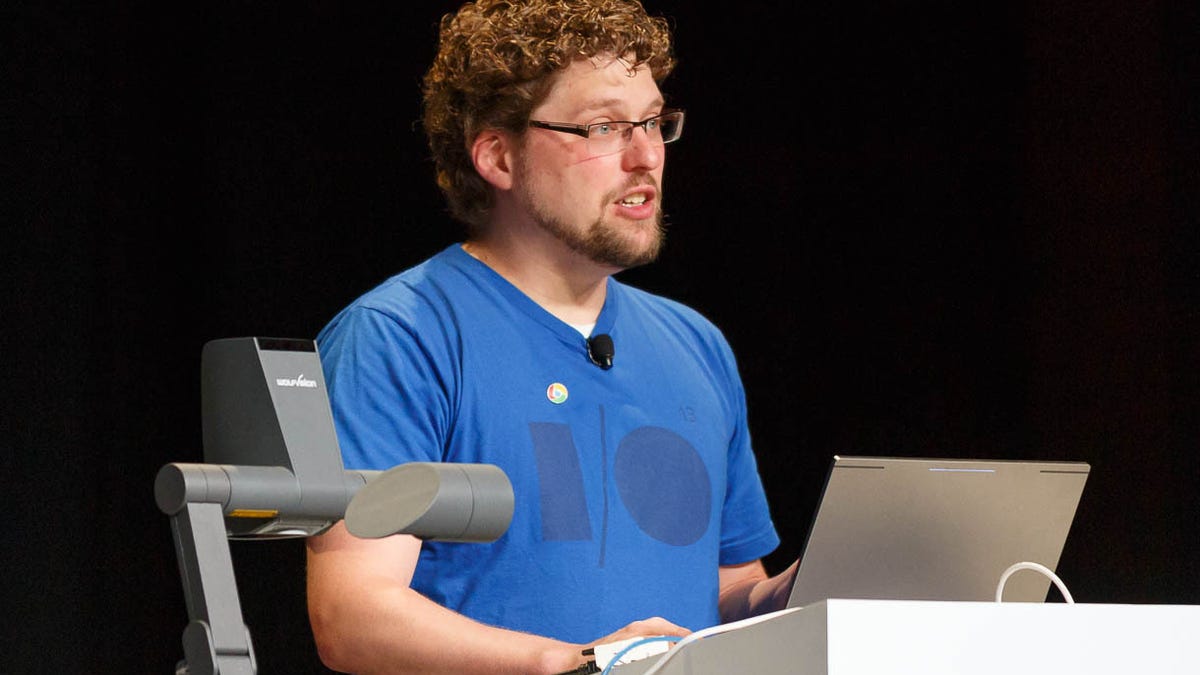Google likes the look of Microsoft multitouch for Web
Microsoft's proposal to build its unified mouse-pen-multitouch interface technology into Chrome gets a warm reception at Google I/O.

SAN FRANCISCO -- Google would like to endow Chrome with Microsoft's technology for letting Web applications deal with input from mice, pens, and touch screens.
Developers of the Google browser said at the company's Google I/O show here Thursday that Microsoft's Pointer Events approach -- built into IE10, Windows 8, and Windows Phone 8, and being standardized at the World Wide Web Consortium -- has some real advantages.
"We're going to start landing some experimental support in Blink for Pointer Events," said Chrome programmer Rick Byers. Blink is the open-source browser engine at the heart of Chrome. "Hopefully, we'll see it in Chrome at some point in the future."
"IE10 has a number of touch features that are pretty nice. We're talking with Microsoft about those," he said.
Microsoft announced it's working on adding Pointer Events support for Blink, but that work doesn't guarantee Google will accept the code into either Blink or Chrome. Google's favorable response, though, bodes well.
Byers was cautious not to commit, though. Adding support for new interfaces "is not something we take lightly," especially when it has some redundancies with Chrome's existing technology and "is something necessarily not every browser vendor is going to embrace." Google plans to test the waters by seeing how often people use Pointer Events "polyfills" -- bridge technology that can use a browser interface before it's actually built into the browser.
Byers cited a few advantages for using Pointer Events.
One of them is that Web developers who have yet to adapt to the reality of touch-screen browsers can get a leg up.
"If you've already got a big investment in code for the mouse model, you can update that code to work with Pointer Events very easily," Byers said.
Another advantage is that Pointer Events can better handle situations where a programmer wants to specify that dragging across a touch screen should not trigger any scrolling, Byers said. And it can significantly shrink the amount of user-interface software that must be written.

